What is Electronic Voting Machine (EVM) and which party started voting by EVM in India?
What is EVM and which party started voting by EVM in India?
- Electronic Voting Machine (EVM) of India
- Introduction
In world's largest democracy, we the people of India elect our representatives for grass root level panchayats, state level assemblies and country level parliament.
Election Commission of India, an independent constitutional body conducts free and fair elections in India.
Conducting an election using EVM's have several advantages e.g.
- Minimization of invalid votes,
- Fast viting
- Fast counting
- Fast recounting.
EVMs are being used in India since 1982, for conducting various elections.
EVM consists three units
- Ballot Unit,
- Control Unit and
- Voter Verifiable Paper Audit Trail (VVPAT) (added since 2013)
In ballot unit voter presses the button as per his/ her choice. Control unit enables the ballot unit to accept vote from voter and stores the vote. In VVPAT, voter can confirm by visual verification (paper slip) whether their vote is registered as per their choice in ballot unit or not. Printed copy of slip gets stored in the VVPAT box for matching with the electronic data and printed data.
There are several controversies around voting by EVM. Most of the times the parties which loses election claim about tampering of EVM during election/ counting. In Indian democracy, which is a multi party democracy, opposition and ruling parties continuously voted in and voted out.
- Timeline and contribution of PMs of India towards EVM
Let us learn which party started voting by EVM and whether only one party only contributed for the implementation of EVM when they were in power at Centre.
A) 1982: 1st ever EVM was used in 50 polling stations of Parur Assembly Constituency of Kerala
Indira Gandhi was PM, Cong.
Cong won. CPM lost.
SC cancelled the poll by EVM and ordered repoll as no constitutional backing of EVM at that time. Still same result.
B) 1988-89: Representation of the People Act, 1951 was amended, new section 61A was added to the constitution.
Rajiv Gandhi was PM, Cong.
C) 1992: Conduct of Elections Rules, 1961 was notified by the Government.
P. V. Narasimha Rao was PM, Cong.
D) 2004: 1st, only EVM Parliament Election.
Atal Bihari Vajpayee was PM, BJP.
2004: NDA lost. Cong won.
E) 2009: All EVM again
NDA lost. Cong won.
Manmohan Singh was PM, Cong.
F) 2013: Again, Conduct of Elections Rules, 1961 was amended for the usage of VVPAT along with EVM.
First VVPAT was used in the bye-election for the Noksen Assembly seat in Nagaland.
Manmohan Singh was PM, Cong.
G) 2014: All EVM but only 8 eight Parliamentary constituencies with VVPAT.
Cong lost. BJP won.
Manmohan Singh was PM, Cong.
H) 2019: All EVM and All VVPAT
Narendra Modi as PM, BJP.
I) 2019: “Verification of VVPAT slips of 5 Polling Stations per Assembly Constituency or Assembly Segment in a Parliamentary Constituency would lead to greater satisfaction.” Supreme Court of India.
Narendra Modi as PM, BJP.
- Conclusion
PMs across the party line contributed to clear the path
of EVMs. Moral of the story is EVMs are here to stay. Addons to the EVMs
are allowed but not the replacement of EVMs.
- Reference
https://eci.gov.in/
https://timesofindia.indiatimes.com/india/what-is-vvpat/articleshow/66821653.cms

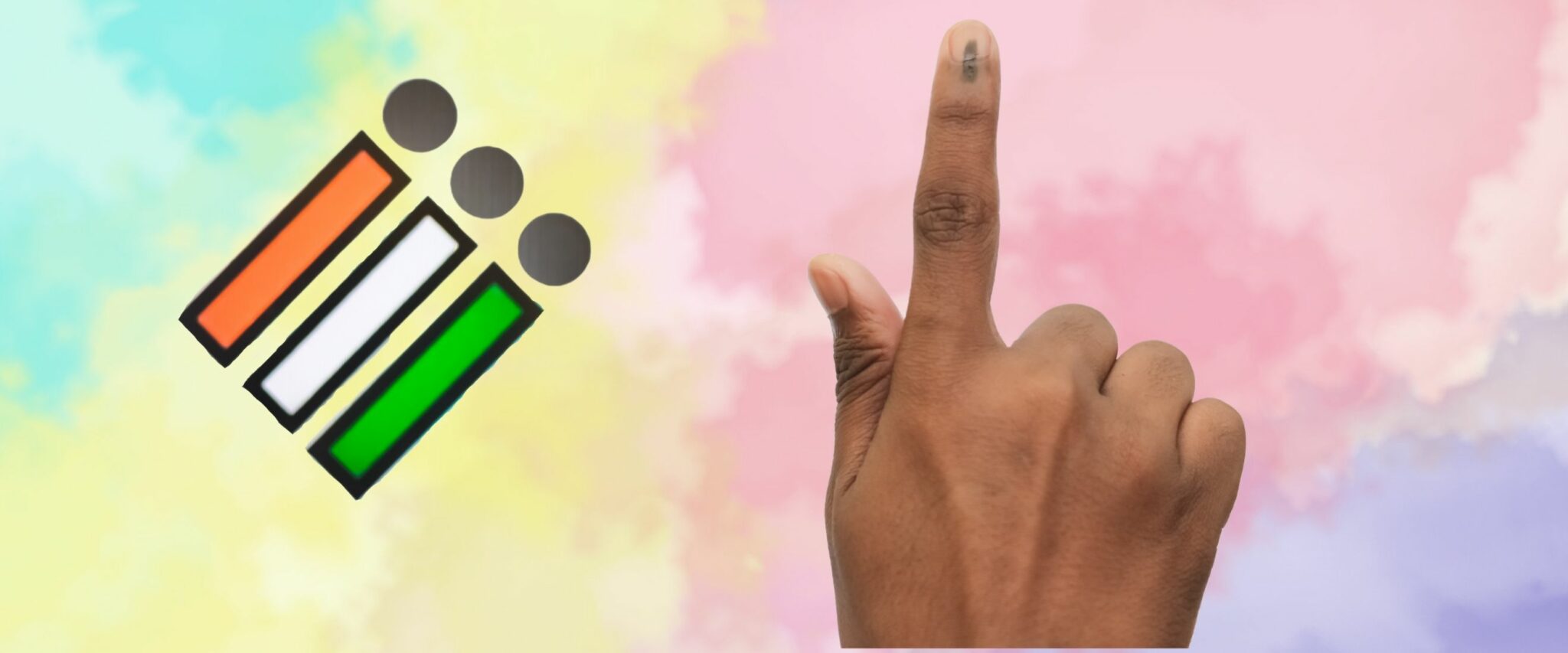

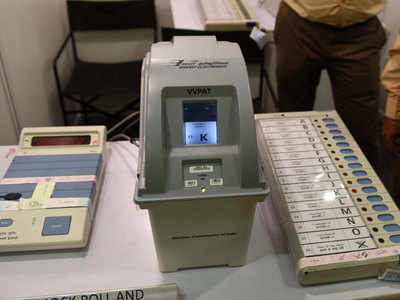

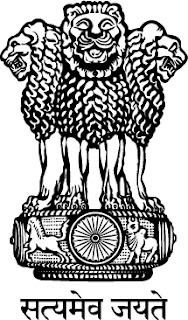
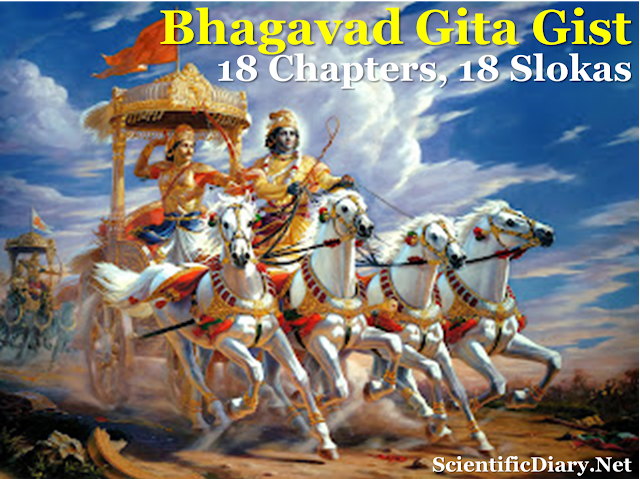
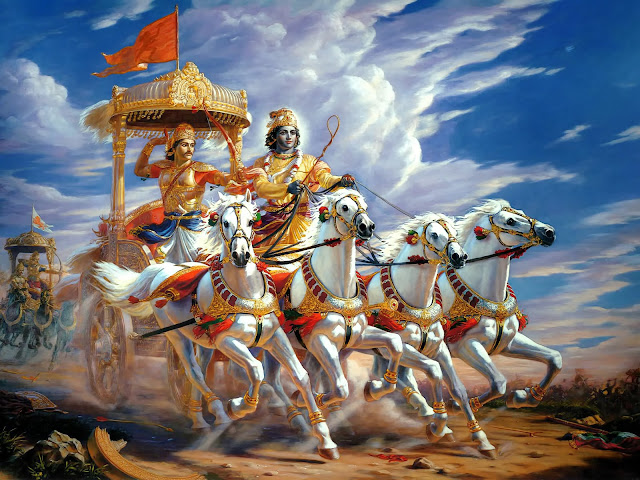



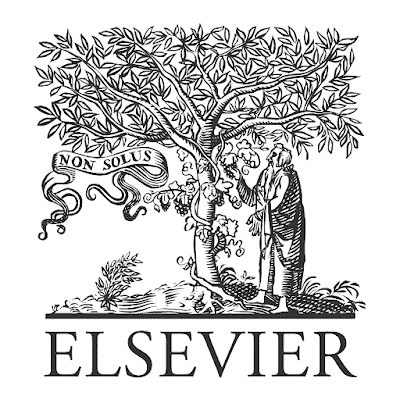


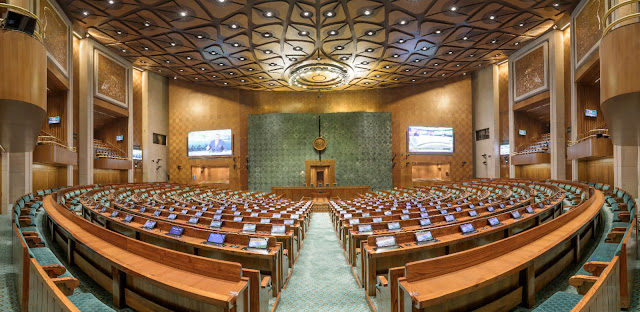
Comments
Post a Comment